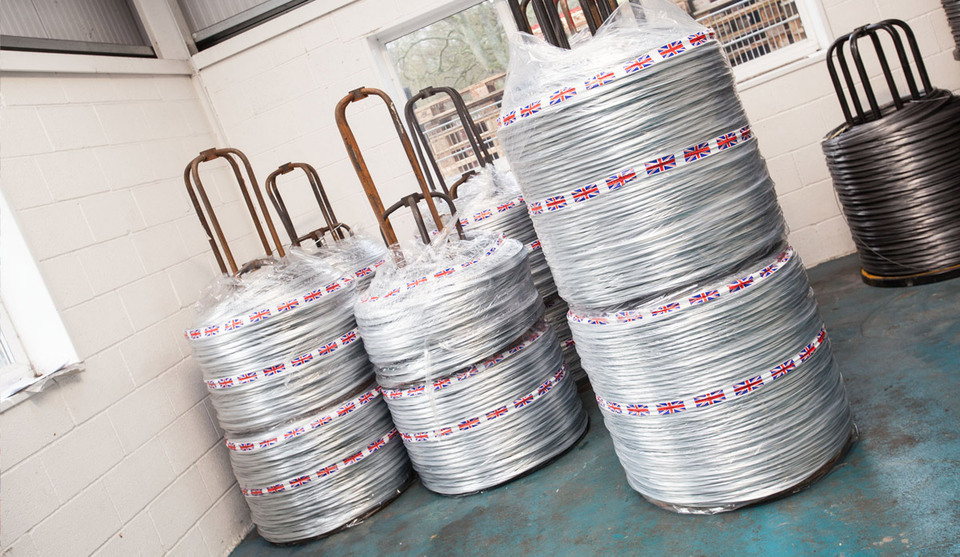Which Wire is Right for You?
Posted on

When you’re unfamiliar with wire and its purposes, it can be hard to distinguish between the many different types out there and work out which one you need for your job. You might not even know just how many different types there actually are, after all, surely wire is just wire, right? How much of a difference can there be between, say, black annealed wire and galvanised? In reality, there are about as many different types of wire as there are functions for them and some can even be manufactured specifically to suit the requirements of the client and the purpose it’s being used for. So from not knowing the difference between any given type, it can suddenly become even harder to work out which one you need and should be using for your job. Luckily, once you know a little bit more about the different types and what they’re primarily used for, it becomes far easier to work out which one you’ll be needing. So here are some of the more common jobs where wire is required and the types necessary for each. Read more